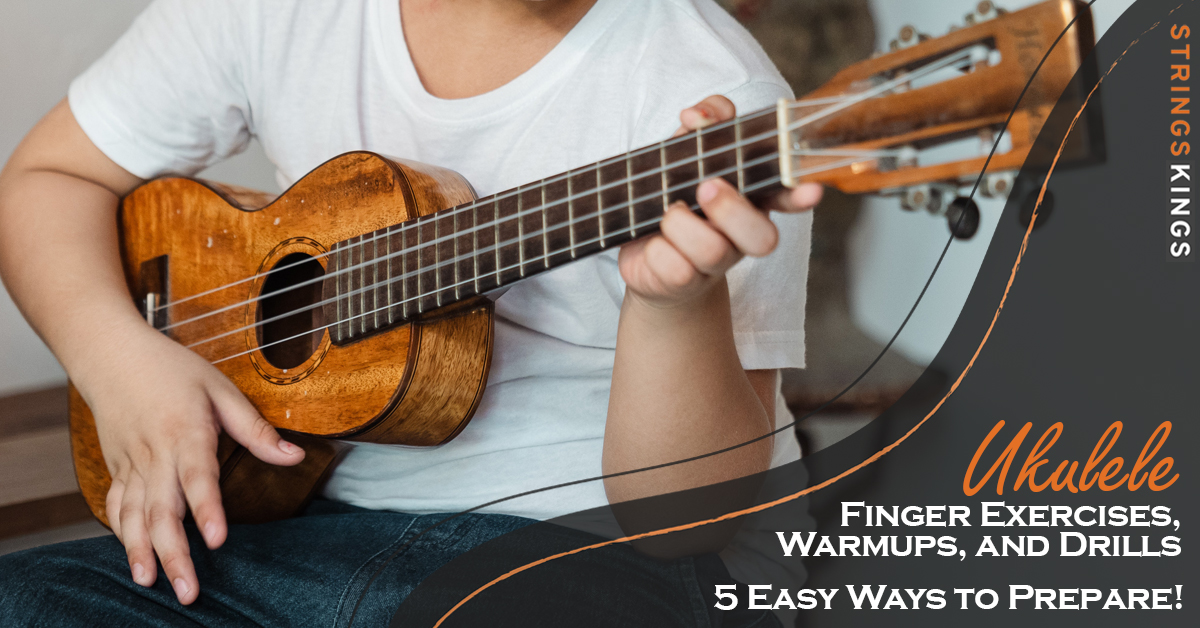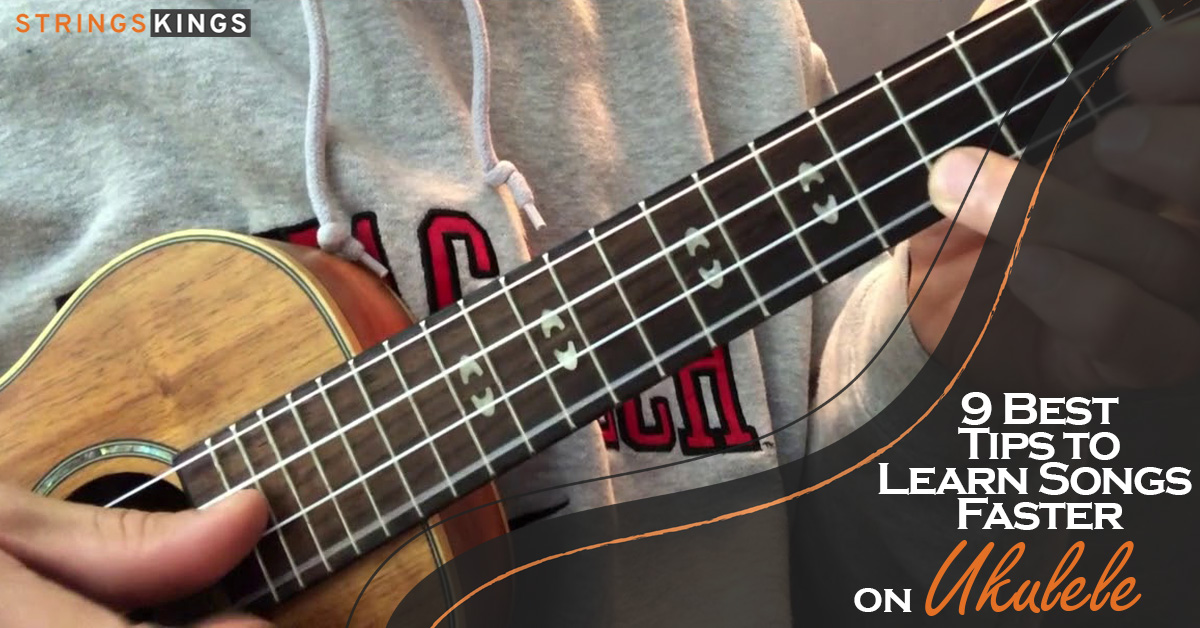Table of Contents
Most Common Beginner Mistakes On Ukulele
Learning to play the Ukulele may not be that hard, however, if you don’t have previous knowledge or experience you will need more time to learn properly this instrument.
While learning, there are some common mistakes that Uke players are making over and over again. Today we are going to put our focus on the 12 most common beginner mistakes on the ukulele and how to fix or avoid them.
1. Proper way to hold your ukulele
This may sound awkward, but it is one of the most important basic things you have to learn when starting to play the ukulele.
If you’re sitting, you can let the body of the ukulele sit comfortably on one of your legs and rest your strumming arm on the top of the ukulele.
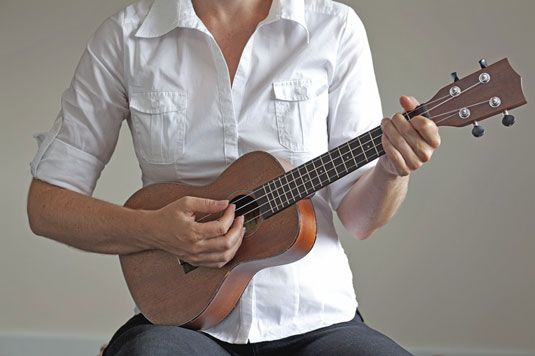
And in case you are standing while you play ukulele, you can hold it against your chest and hold it there with your strumming arm (your other arm will be moving across the ukulele neck up to the ukulele headstock).
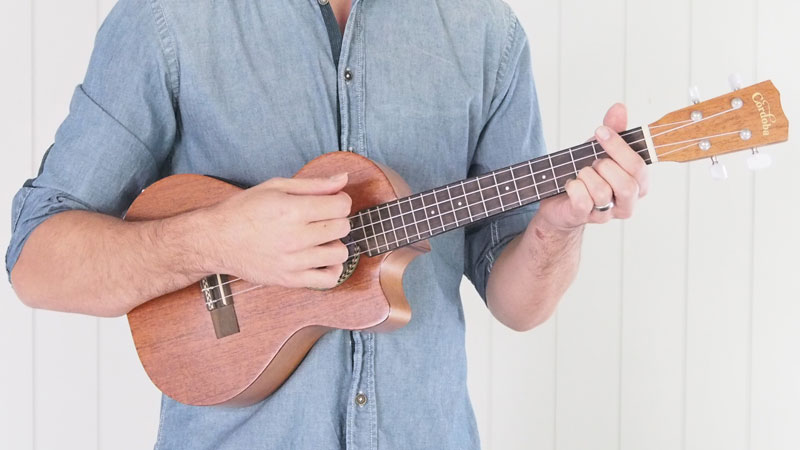
There’s one thing you should keep in mind: do not hold your ukulele too tight (don’t press it hard)! The sound still needs to vibrate correctly through the body.
2. Work on the basics
When you are learning the ukulele (or any other instrument), you always have to begin from the basics. Playing the ukulele is no exception.
In case you are a beginner, don’t pressure yourself to study a huge fancy tab, begin from the basic playing chords instead.
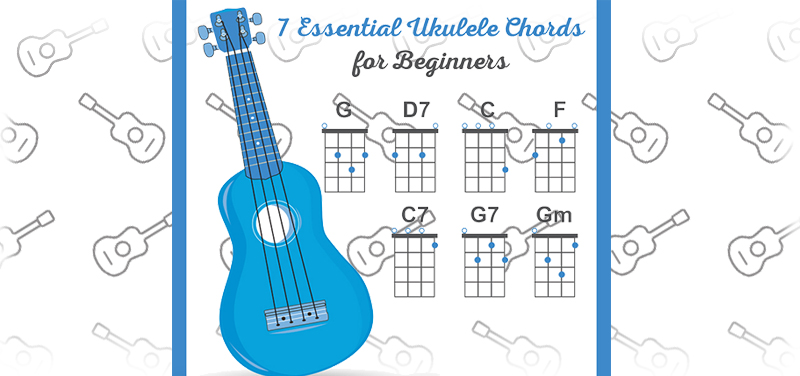
Study from the majors, and minors, and then go on with different chords. You will notice that primarily based on those basic chords, you will be able to play tons of songs without any hesitation.
3. Always Tune Your Ukulele Before Playing
Understanding the right way to tune your ukulele is essential. A ukulele with out-of-tune strings will directly have an effect on the quality of the sound.
And, it may make you annoyed when learning new songs because the wrong note will not match what you normally listen to.
That’s the reason why you should double-check your tuning before you start playing the instrument.
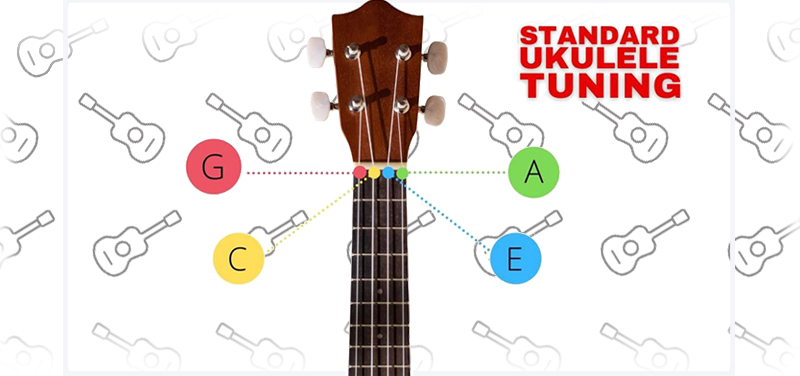
Both of them are very convenient and won’t take you a lot of time to get perfect notes. So, you will need to create these tuning habits before you want to play. If you have a cheaper ukulele you may need to tune it daily in order to maintain the sound.
4. Take Your Time – Practice slowly
While you study something, it’s obvious that you’d want to get progress as quickly as possible. That’s the most typical ukulele beginner mistake. Many individuals try to practice their entire favorite song at once. However, that’s not a good way to begin.
You need to set specific tasks and objectives in your journey and attempt to accomplish them step by step.

For example, today you promise to yourself that you’ll master certain chords and try your best to make them.
You will need to take your time while learning and fill yourself with positive energy, that will be a good starting point.
5. Musicality > Speed
Maybe you will admire players who can play a part in the song very quickly, of course, without any mistakes.
With the ukulele, being fast is not that much of an advantage if you don’t focus on all aspects. It’s essential to focus on the quality of the music, and how much emotion you’ll be able to deliver.
If you just try to play as fast as possible and it turns into a problem for listeners to catch up with the sound, then it’s nonsense. Keep in mind, that musicality is more vital than speed!
6. Not Checking Notes
To learn a new chord, and especially chords that use more fingers, you must make sure all the notes within the chord ring clearly.
A fast method to test whether the notes are ringing clearly is to fret the chord and pluck every string individually to ensure it isn’t being muted by both poor finger position, not enough pressure, or another finger by accident muting the string.
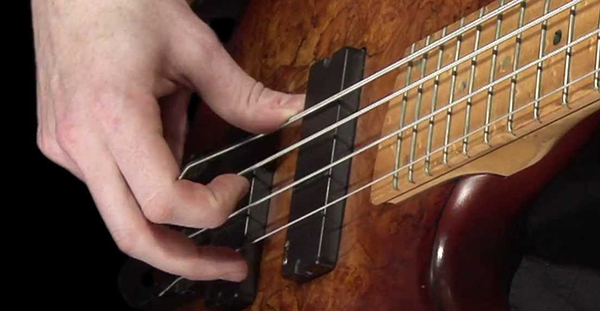
Plucking every string individually allows you to rapidly isolate any issues and get on the path to correcting them.
7. Elbow Strumming
A very high percentage of beginners strum from the elbow. This leads to quite a rigid wrist and most of the time this means that your finger is strumming across the strings horizontally.
It kind of works however it brings a couple of issues, the most common of which are your fingers getting caught in the strings slightly as you strum. This occurs mostly on up strums.
To fix this issue you must let your hand drop slightly and relax your wrist. This will result in your hand not being quite so horizontal. That is the right position to strum from your wrist while at the same time flicking your finger downwards.
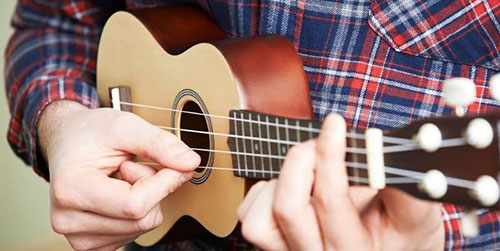
Your nail should be hitting the strings on the down strums and the back of your finger hitting the strings on the up.
8. Working Hard Is Important – Success may come later
Perhaps you’ve read many articles saying that learning and playing ukulele is very easy. It’s much simpler than any other stringed instrument and could be mastered after 1 month, or even shorter.
To be honest, that is not very true. Honestly, the speed of success will depend on how hard-working you’re, and how much time you spend playing the instrument.
However, if you don’t know anything about the chords, the strumming patterns, and so on, maybe it will take additional time to learn from scratch.
That’s why you need to keep calm and be patient at the beginning. Sometimes you might feel a bit annoyed because you want to master it earlier but you can’t.
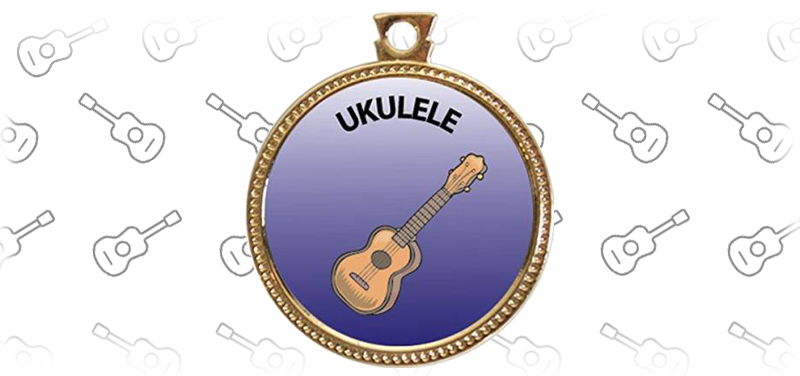
Do not worry! You are going to succeed, just need more time to improve than anticipated!
9. Don’t Compare Yourself With Other Players
You will probably come across a lot of videos on YouTube or social media about ukulele young talents.
There are even several YouTube videos where tiny children play ukulele in a professional approach. That kind of video makes us assume that playing the ukulele is easy, even children can do it.

Because of this, once you realize that you can’t master the instrument in a short time, you’ll be shocked about how hard is it to play the ukulele, and disappointed in yourself.
All you need at the beginning is to be more positive and optimistic. Not every individual is the same. Every person has their own skill and a different time period to succeed.
If you compare yourself to other people all the time, you won’t have time to practice, and you will never get a chance to catch up with them.
10. Flat Fingers
This mistake is actually very common but it is surely very simple to fix. Laying your fingers on the frets rather than pressing instantly down is more likely to leave you with unwanted muted strings. Primarily you’re fretting notes with the back of your finger rather than the end of your finger.
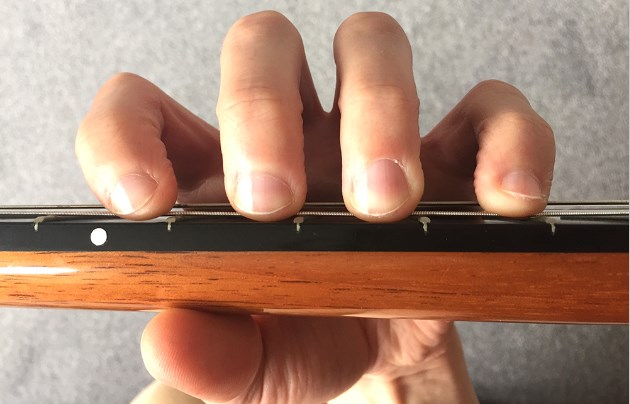
In order to sort this out in a quick way, you need to push your wrist forward a little. It will bring your fingers further around the front of your ukulele which is exactly proper finger placement, so you can fret a chord or note properly and feel the instrument’s sound.
11. Invest In Good Ukulele
The budget could be an important factor once you decide to purchase a new instrument. Ukuleles are often less expensive than other instruments, so you won’t need to spend too much money on them.
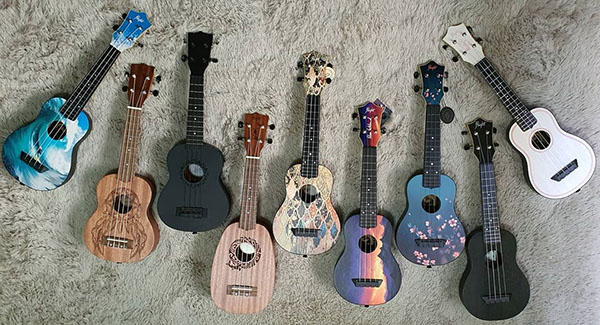
If possible, it is best to spend money on a decent one with good sound. Be sure to get a real ukulele, not a toy ukulele. Usually, the ukulele only costs you $100, which is quite reasonable among a wide instrument market.
Maybe you already saw or will see online advertisements that promote a ukulele at $10. You should not buy them. You’ll probably just waste your money.
12. Keep Your Strumming Arm Moving (Ghost Strumming)
When strumming patterns require you to miss strums here and there for more fascinating rhythms, it is very common to stop the strumming hand from moving completely until the next strum is needed. You risk breaking your rhythm and messing up your timing to a degree that the listener will notice immediately.
Maintaining your dominant arm’s movement should become a habit. This means when you have to miss a strum for your rhythm your strumming hand keeps going however it doesn’t make contact with the strings. As soon as you start doing this, your rhythm will improve dramatically.
Conclusion
We listed some of the most common mistakes beginner players make, as well as some corrections for more advanced players.
Hopefully, you will find our guide helpful and you will be able to correct your mistakes and play your ukulele better and with more confidence.
Happy Strumming!

